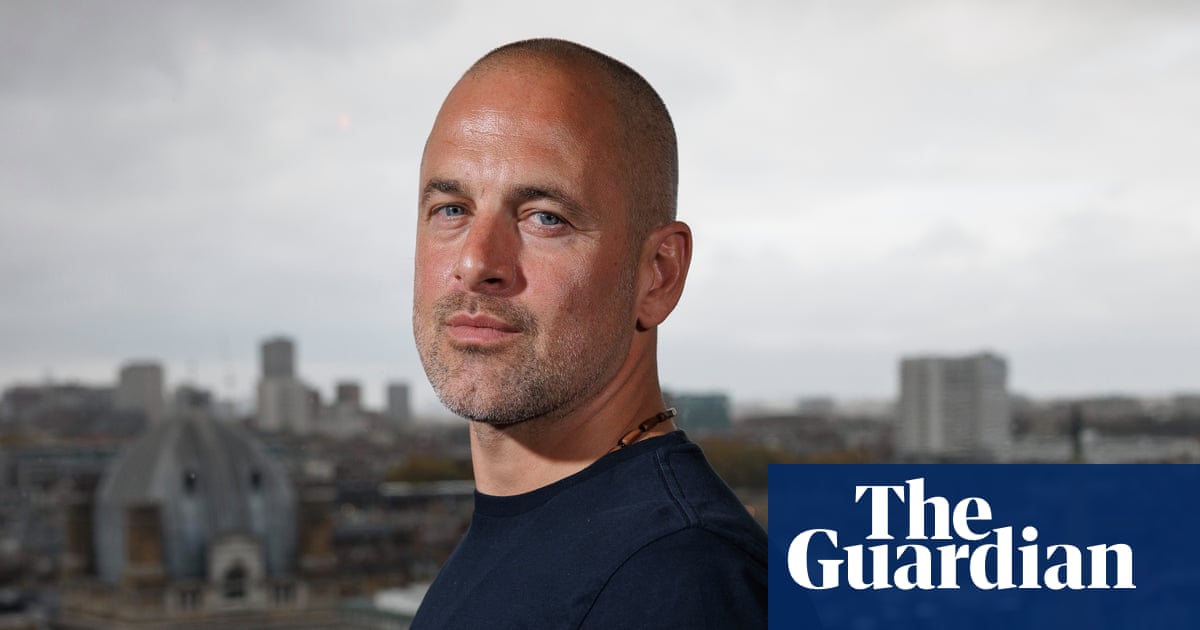A rustic, ordinary-looking English garden hut regarded as the birthplace of immunology – revolutionising global public health and saving countless lives – has been added to the nation’s heritage at risk register.
The hut belonged to Edward Jenner (1749-1823, regarded as someone who has saved more lives than any other human. It was there that he first trialled a vaccine for smallpox in the late 18th century.
The hut, built from brick and rubble stone with a simple thatched roof, was christened “the Temple of Vaccinia” by Jenner.
Today the structure in Gloucestershire is in a sorry state and is one of 138 buildings and sites added by Historic England to its annual heritage at risk register.

The register is regarded as a useful snapshot of the health of England’s historic places, with 129 taken off the list this year including the ornate and spectacular Papplewick pumping station in Nottingham, which is considered a “Victorian engineering marvel”.
Claudia Kenyatta, the co-chief executive of Historic England, said it was astonishing to think Jenner’s hut had played such an important part in history. It was effectively “the world’s first vaccination clinic”, she said.
“It’s a really good example of how going on to the heritage at risk register can be a helpful moment to bring profile and attention and focus and skills to these really important places.”
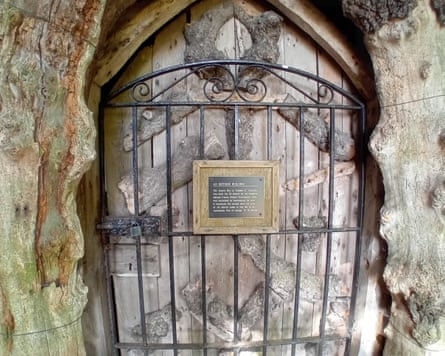
It was outside the hut in Berkeley, Gloucestershire, that local villagers lined up to have their arms scratched with a lancet in order to receive the first smallpox vaccine.
At the time it was widely known that contracting cowpox, a relatively mild disease, would prevent you from getting smallpox, a deadly contagion.
Jenner scraped pus from the cowpox-blistered hands of a milkmaid and inserted it into a cut in the skin of an eight-year-old boy. He then exposed the boy to smallpox and, when the child showed no signs of infection, the world changed.

Owned by a charitable trust, the hut needs urgent repairs to its thatched roof, rear wall and chimney to secure its future, said Kenyatta.
Other places added to the register this year include:
The Hill Garden pergola on Hampstead Heath in London. Constructed in 1906, the long raised walkway was a feature of the stunning private garden created for the Bolton soap magnate and philanthropist William Lever (Lord Leverhulme).
The St Wendreda’s church in March, Cambridgeshire. This is the only church in the UK dedicated to the 7th-century Anglo-Saxon princess-saint. The church bells can no longer be rung because the roof is at risk of collapse.
Two buildings at Cromford Mills, Matlock, Derbyshire. The two at-risk cottages are part of a site considered the birthplace of the modern factory system. It was at Cromford in the 1770s that Richard Arkwright created the world’s first successful water-powered cotton spinning mill.
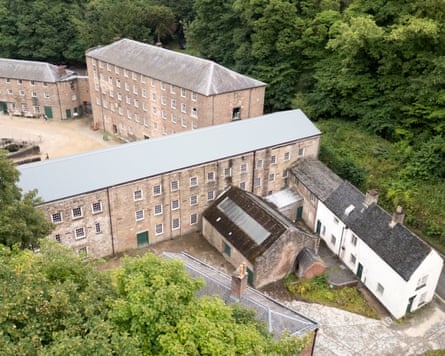
The register is seen as a way of focusing minds and encouraging people to come up with ways of reusing historic buildings.
“Going on the register can be a really positive thing,” said Kenyatta. “It can often be a catalyst to bring people together and begin to find solutions to some of these really important buildings and places.”
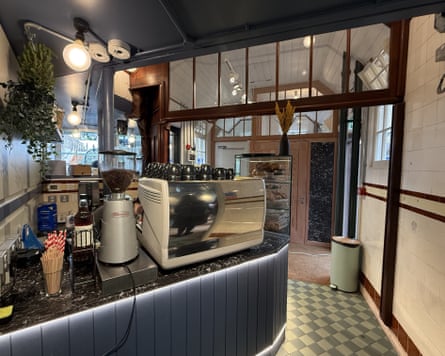
Among the saved sites this year are Bruce Grove public toilets in Tottenham, north London, constructed in 1910 and a rare survivor of its type. They became derelict in the 1980s but have been rejuvenated with a cafe, community space and, naturally, new public toilets.
In Gloucester, the largest surviving timber-framed townhouse in England has been repaired and now contains an antiques centre.
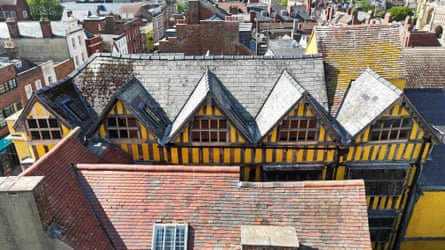
In Cumbria, the Augill smelting mill near the A66 has been saved through recent conservation works, Historic England said, “allowing for volunteer training, community engagement and more local understanding of the mining landscape”.
The heritage minister Fiona Twycross said it was fantastic to see so many historical sites saved for communities.
“These are much-loved places and it is great to see them being brought back in to use,” said the Labour peer. “This year alone our £15m heritage at risk capital fund has been key to saving buildings like these.”

 3 hours ago
5
3 hours ago
5









